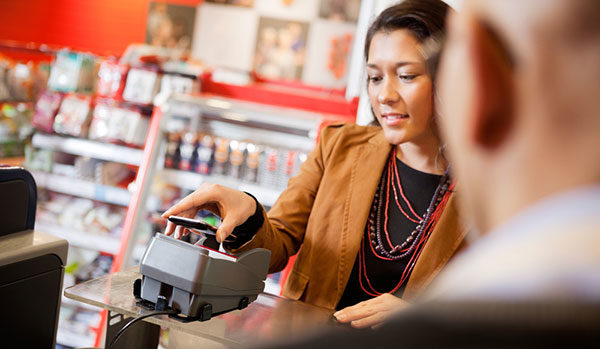It should come as no surprise to anyone that women are the most important consumers in the world, driving the majority of household spending with their buying power and influence. Statistics back this up: according to Retail Touch Points, which delivers retail news and trends on the shopper experience and digital marketing, women drive 70 to 80 percent of consumer spending.
But tell that to those retailers who cling to outdated assumptions and stereotypes that keep them from delivering great customer experiences to these power-shoppers and influencers. Retail Touch Points recently interviewed Bridget Brennan, CEO of Female Factor, a strategic consulting firm focused on studying women consumers. Her advice on how best to—and how not to—appeal to women consumers is invaluable for brands and stores across product and service lines.
Poor sales experience drives women away from products and services, Brennan observes. That usually happens when they are ignored, overlooked or underestimated, especially when shopping with a male partner or companion. Also undermining the experience are marketing materials, language and images that target males as the primary purchase decision-maker. That fails to acknowledge not only modern women’s power in the market place but also their changing roles in business, politics and society.
Emotional engagement make women consumers want to participate in a retail experience and feel connected to a brand or company, adds Brennan. Here are three best practices she recommends retailers and marketers follow in order to improve women’s customer experiences:
- Take an inventory of marketing language and images to make sure they reflect women’s roles today, avoiding clichéd images such as the over-use of the color pink when trying to attract them;
- Since women tend to be engaged in multiple aspects of shopping beyond product and price, retailers can heighten the sensory experience through added color, texture and scent;
- Women frequently tend to shop with shop with children and others who may be less enthusiastic about the experience than they are. For this reason, retailers can and should work at welcoming and accommodating these situations—with video screens and cafes, or example, or even simply comfortable seating for companions of all ages—so that women consumers can complete their shopping missions.
Thinking holistically about approaching in-store and out of store marketing opportunities to a female audience can seem daunting, keeping these best practices in mind during strategy sessions will help your brand influence your female customers and prospects.

